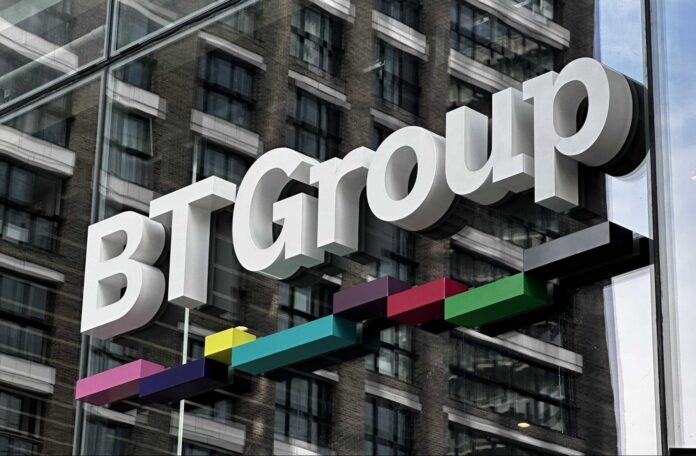Greg McCall, Chief Networks Officer at BT Group, on how a maturing device ecosystem and progress with carrier aggregation give the green light
Greg McCall, Chief Networks Officer at BT Group, said the operator will be ready to launch 5G Standalone (SA) “later this year” as the network and device pieces fall into place.
“It’s not about being first for us. It’s about delivering at the right time and making sure that we focus on delivering a differentiated, brilliant experience for our customers,” he said in an interview with Mobile Europe at Mobile World Congress.
BT’s position on 5G SA has been that it needs four elements to be in place before it would consider launching services for its mobile brand EE: device availability, SIM card support, the 5G core network, and a radio access network (RAN) that can provide “contiguous” 5G SA coverage. McCall shared the current progress in each area.
“We believe the ecosystem has matured now,” he said, noting that there are more device manufacturers that support 5G SA and that all of operator’s customers have “an SA-enabled SIM card,” which will make the transition from 5G Non-standalone (NSA) to SA “a lot easier.”
As for the network, BT has deployed a 5G core in its own private cloud environment as part of its broader programme to swap out its Huawei core for Ericsson’s. The operator has also “modernised” 7,000 radio sites, replacing more than 5,000 sites from Huawei with radios from either Ericsson or Nokia.
“We will be ready to launch what we think will be the first proper 5G SA network in the UK later this year,” said McCall.
BT will not be the first to offer 5G SA in the UK as Virgin Media O2 unveiled services last week and Vodafone launched in June last year.
Good to go with carrier aggregation
5G SA deployments have not progressed as quickly as many in the industry would like. According to the GSMA, 261 operators offer 5G services but only 47 are delivered over SA networks.
From BT’s perspective, McCall said the transition to 5G SA has been slow due to a lack of carrier aggregation technology for combining mid-band frequencies.
“The big difference between NSA and SA is carrier aggregation – being able to aggregate multiple carriers to deliver the experience our customers expect…The technology for carrier aggregation around the spectrum bands in the UK wasn’t available until more recently. That’s what slowed it down,” he said.
“Now that we’ve proven carrier aggregation around SA, we are ready to launch. We now are making sure we can build that contiguous coverage in our radio network, so when people are using SA, they can use it wherever they go, not just in isolated patches,” he added.
In with the new, out with the old
As BT talked up its next 5G moves, it also announced the switch off of its 20-year old 3G network, making it the first UK operator to retire the legacy service.
McCall said the wind down went “brilliantly.” The operator’s business and consumer customer service centres have not had a spike in calls following the network shutdown and it “hasn’t had to roll back a single site.”
The legacy switch-off will deliver energy savings, because 3G is “incredibly energy hungry”, and the spectrum can be refarmed to support other services, he explained.
The operator is currently weighing whether to “hold off” and use the freed-up spectrum as it launches 5G SA or whether to start using it now. “We haven’t made a decision on that yet, but the process of reusing the spectrum is simple,” he said.


